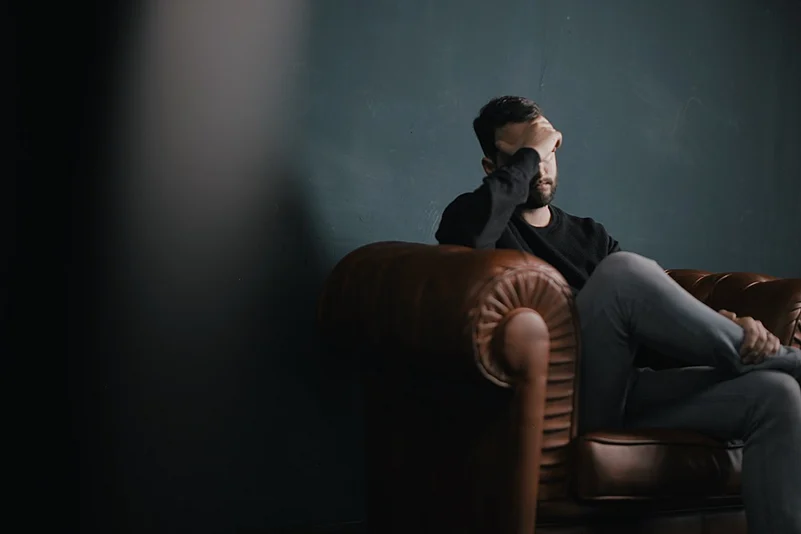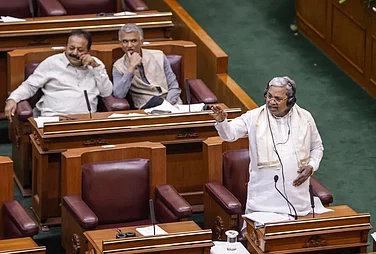Despair, and uncertainty.
This is what over 100 adolescents from across 10 Indian states – ranging from demographics as diverse as rural communities, urban slums, schools, colleges, and the LGBTQIA community – repeatedly articulated in recent series of online consultations conducted by the Centre for Catalyzing Change (C3) when asked about their mental health during these past 15 months of living through a global pandemic. While each demographic had their specific concerns – young boys experiencing pressure from family members to participate in income-earning activities due to the financial burden on families, young girls facing the higher brunt of house-work and experiencing anxiety around not being able to complete their education and facing the prospect of early marriage, young LGBTQIA feeling repressed and having difficulty verbalising their emotions – the overarching sense of loss, fear, and burnout was largely the same.
The consultations were conducted by C3 in an attempt to not only gauge the emotional and mental toll the pandemic has taken on adolescents, but to hear their concerns directly. Continued research and evidence has shown that India’s youth have been grappling with a grave mental health crisis even before the pandemic struck. NCRB data shows that between 2017-19, over 24,000 adolescents within the age bracket of 14-18 years became victims of suicide, while the National Mental Health Survey of 2015-16 found that over 90 per cent of common mental health issues went untreated in India. In another survey conducted in 2019, when young people from across the country had been asked to articulate their most important demand around their health, a majority had cited the need for accurate and judgment-free mental health information and accessible mental health services.
However, the pandemic has dealt a bigger blow to the mental health of adolescents. During the first wave of the pandemic in 2020, C3 had surveyed nearly 4000 adolescents from four states, out of which a third of the respondents had reported they were anxious about the financial status of their families, 19 percent had said that their family environments were stressful because of verbal and physical fights at home and 26.5 percent had shared that they were anxious because they will be expected to contribute more in income-generating activities. Post the second wave, these stressors seem to only be mounting. “My uncle got COVID and had to be hospitalised. For the money we mortgaged our fields,” said one adolescent in C3’s mental health conclave, “Then I had to go out to earn money, as a result of which I cannot attend online classes.” Another adolescent girl remarked, “The lack of income in our household has led to constant quarreling between my family members. This has caused a lot of stress and anxiety for me.”
With one of the largest adolescent populations in the world, India’s young people are currently facing a precarious future. In a country that accounts for nearly 50% of the world’s gender digital divide, the shift to online learning has put countless young girls from rural and economically disadvantaged backgrounds at severe risk of losing out on their education permanently. Even in urban spaces, online learning has alienated young people from their peers, has drastically increased their screen exposure, and has forced them to adapt to isolated methods of learning that are continuing to negatively impact their mental health. Given the stigma around mental health as a whole, and given the reduced access to socializing during lockdowns, adolescents – especially adolescents from marginalized communities, like LGBTQIA adolescents – now find lesser and lesser avenues to share their fears and uncertainties, and seek out resources for their mental health. Adolescents who face and witness abuse or violence in their households during lockdown are also alienated from resources for help or support, further exacerbating their mental health burdens.
Adolescents make up a significant part of our country’s population, and to curb mental health concerns proliferating at such an alarming rate, we need policies and initiatives to target the mental health of adolescents. Now more than ever, there is a need to have this conversation, to understand what adolescents are going through emotionally, their major triggers of discomfort, their coping mechanisms, and their expectations of support – and to address this, head-on.
There is a need to challenge stigmas, to increase investment, quality, and facilitate access to mental health services, to help adolescents adapt positively to the uncertainty by teaching them healthy coping skills, to equip teachers to provide support to students who are potentially at risk for mental health issues, to introduce wellness sessions at schools and universities so that more and more awareness could be generated. At the rural community level too, school teachers and frontline health workers at local public health institutions need to be equipped to identify signs and symptoms that suggest poor mental health, and counselling facilities need to be made easily available to adolescents so that their stress, anxiety and other mental concerns can be addressed effectively and without judgment.
This International Youth Day, we must all strive to ensure that young people do not get left behind during the pandemic and after, and do not continue to suffer emotionally.
(Vandana Nair is the Senior Advisor, Strategic Investment and Youth, Centre for Catalyzing Change)





















